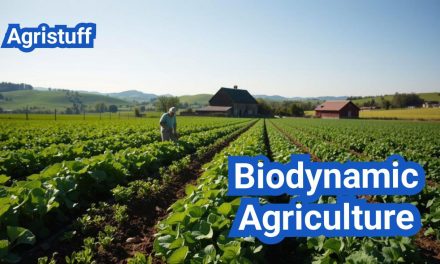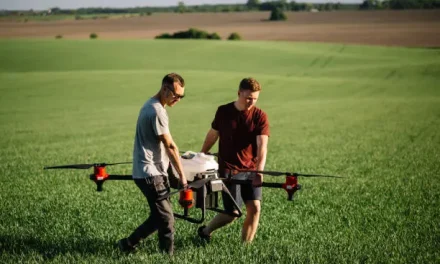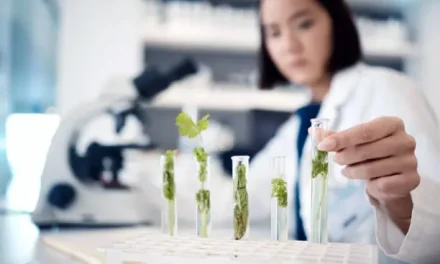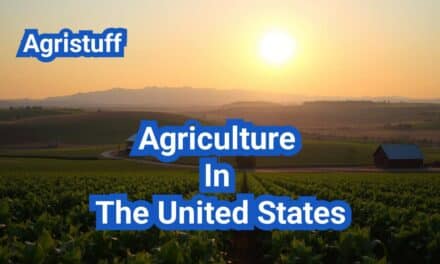The future of farming is here, and it’s taking to the skies! Agricultural drones are revolutionizing the way farmers manage their fields, combining cutting-edge technology with traditional farming practices. These high-tech tools are transforming agriculture into a more precise, efficient, and sustainable industry. From crop monitoring and soil analysis to irrigation management and livestock tracking, drones are helping farmers boost productivity, reduce costs, and conserve resources.
In this article, we’ll explore the top 5 drones for modern farming, their applications, and how they’re shaping the future of agriculture. Whether you’re a seasoned farmer or just starting to explore precision agriculture, these drones are game-changers.
Understanding Agricultural Drones
Agricultural drones, or agri-drones, are unmanned aerial vehicles (UAVs) designed specifically for farming tasks. They can perform a wide range of functions, from mapping fields and spraying crops to monitoring livestock and analyzing soil health. By automating labor-intensive tasks, these drones save time, reduce costs, and provide farmers with actionable insights to improve crop yields.
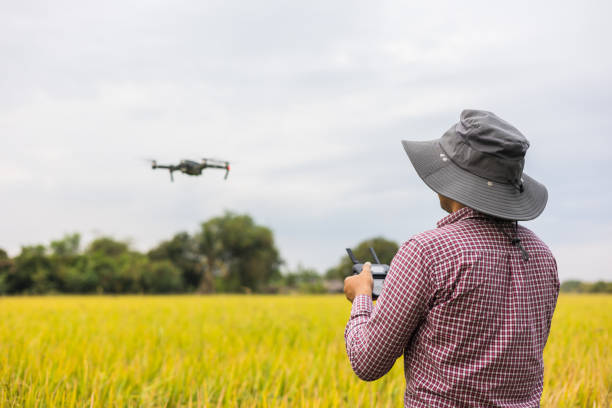
Types of Agricultural Drones
There are two main types of agricultural drones: fixed-wing drones and multi-rotor drones.
- Fixed-wing drones are ideal for large-scale farms, as they can cover vast areas quickly and stay airborne for extended periods. They’re perfect for mapping and monitoring expansive fields.
- Multi-rotor drones, on the other hand, are highly maneuverable and excel at precision tasks like crop spraying and soil analysis.
Some advanced drones are equipped with infrared or multispectral cameras, enabling farmers to detect crop diseases and nutrient deficiencies before they become visible to the naked eye.
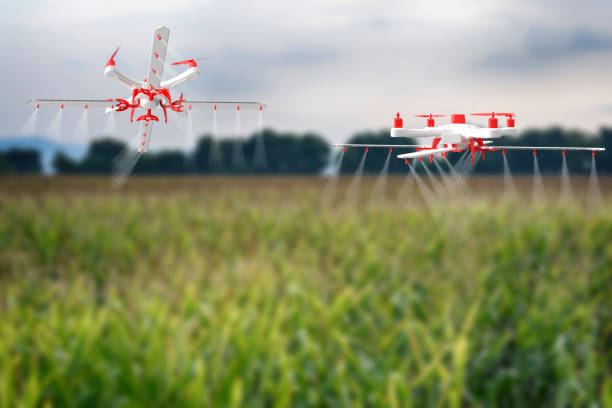
How Agricultural Drones Work
Agricultural drones are built with advanced technology to withstand harsh weather conditions and challenging terrains. Equipped with GPS systems, they can perform automated flights with pinpoint accuracy, collecting real-time data for farmers.
The operation process involves three key steps:
- Pre-flight checks to ensure the drone is in optimal condition.
- Mission planning, where flight parameters like altitude and speed are set.
- Post-flight analysis, where farmers use the collected data to make informed decisions about their crops.
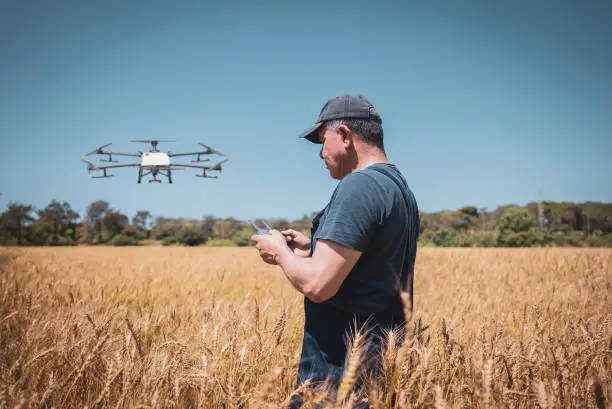
Benefits of Agricultural Drones
Agricultural drones are transforming farming in numerous ways:
- Improved Crop Monitoring: Drones provide high-resolution aerial images, helping farmers detect issues like pest infestations or irrigation problems early.
- Efficient Resource Management: By identifying areas that need water or fertilizer, drones help reduce waste and optimize resource use.
- Cost Savings: Drones reduce the need for manual labor and minimize the overuse of chemicals, saving farmers time and money.
- Increased Yields: With precise data, farmers can make better decisions, leading to healthier crops and higher productivity.
Top 5 Drones for Modern Farming in 2024
Here are the top 5 drones that are making waves in agriculture this year:
- DJI Agras MG-1
- Flight Time: 24 minutes
- Flight Range: 1 km
- Weight: 8.8 kg
- Best For: Crop spraying and precision agriculture.
- Parrot Bluegrass
- Flight Time: 25 minutes
- Flight Range: 2 km
- Weight: 1.85 kg
- Best For: Field mapping and crop monitoring.
- DJI Phantom 4 RTK
- Flight Time: 30 minutes
- Flight Range: 7 km
- Weight: 1.39 kg
- Best For: High-precision mapping and surveying.
- DJI Mavic 2 Pro
- Flight Time: 31 minutes
- Flight Range: 10 km
- Weight: 907 g
- Best For: Aerial imaging and crop health analysis.
- DJI Matrice 300 RTK
- Flight Time: 55 minutes
- Flight Range: 15 km
- Weight: 3.6 kg
- Best For: Advanced agricultural applications and large-scale farming.
Applications of Drones in Agriculture
Drones are being used in a variety of farming tasks:
- Crop Monitoring: Drones equipped with advanced sensors can detect crop health issues early, allowing farmers to take proactive measures.
- Soil Analysis: Drones create detailed 3D maps of fields, helping farmers plan planting patterns and predict yields.
- Irrigation Management: Thermal sensors identify dry areas, enabling precise water usage and reducing waste.
- Livestock Monitoring: Drones track livestock movements and detect signs of disease, improving herd management.
Challenges and Future of Agricultural Drones
While drones offer immense potential, there are challenges to consider, such as high initial costs, regulatory restrictions, and limited battery life. However, advancements in AI and battery technology are paving the way for even more innovative applications.
In the future, drones could integrate predictive analytics to forecast crop diseases or optimize harvest times. They may also become more accessible to small-scale farmers, democratizing precision agriculture and contributing to global food security.
Regulations and Ethical Considerations
Before using agricultural drones, farmers must comply with local regulations. In the U.S., the Federal Aviation Administration (FAA) governs drone usage under Part 107 rules, which require operators to obtain a Remote Pilot Certificate. Privacy concerns also arise, as drones may capture images of neighboring properties. Farmers should stay informed about both federal and state laws to ensure compliance.
Conclusion
Agricultural drones are no longer a futuristic concept—they’re here, and they’re transforming farming as we know it. From improving crop yields to reducing labor costs, these high-tech tools are empowering farmers to work smarter, not harder.
If you’re ready to take your farming operations to the next level, consider investing in one of the top 5 drones listed above. With their advanced features and proven results, they’re the ultimate tools for modern agriculture.

